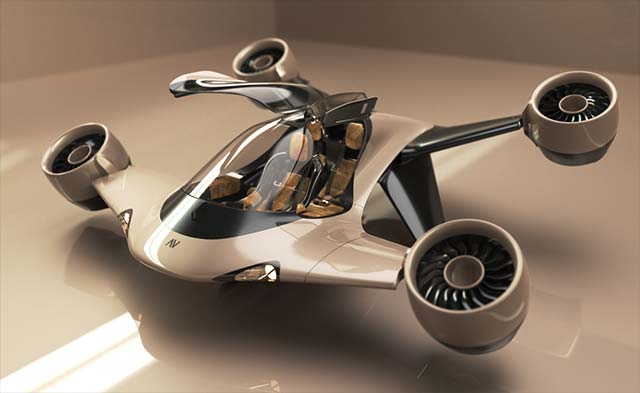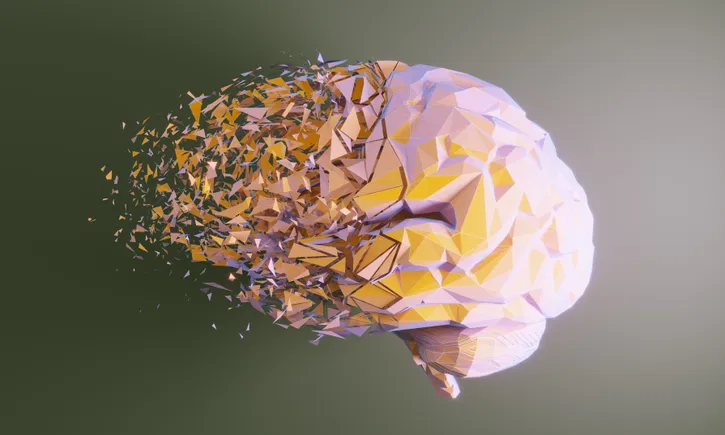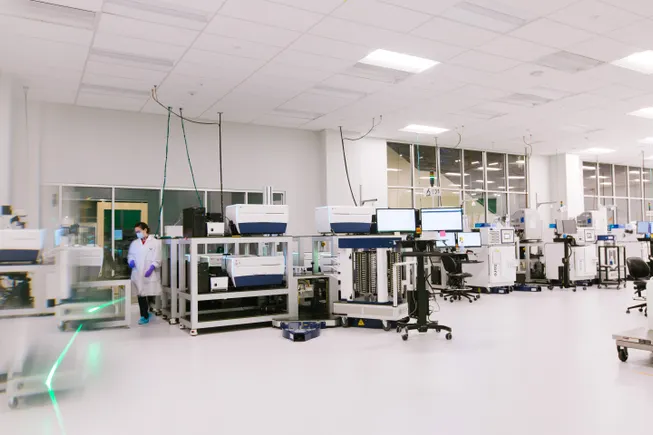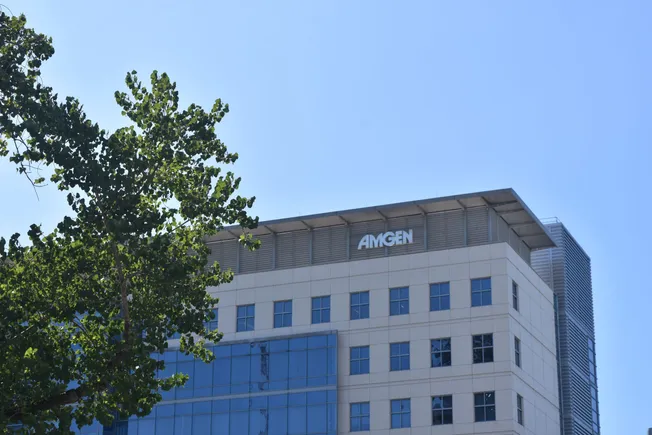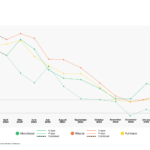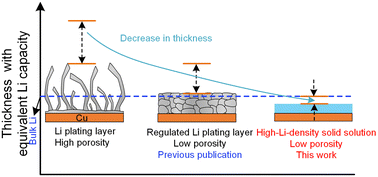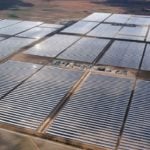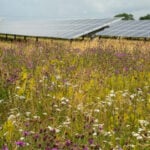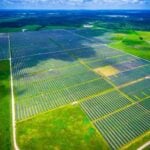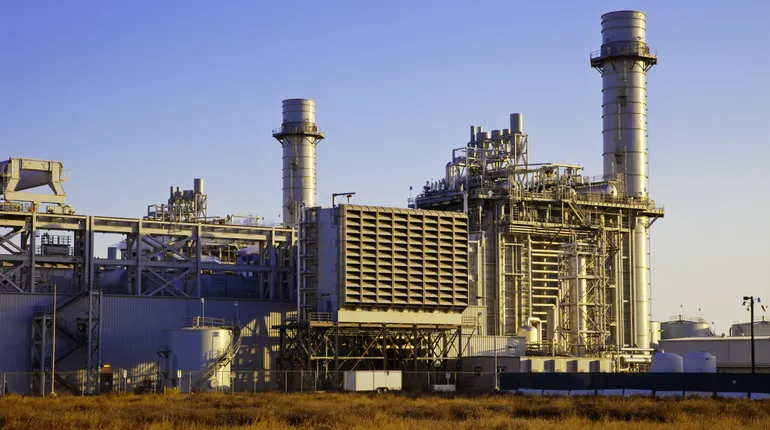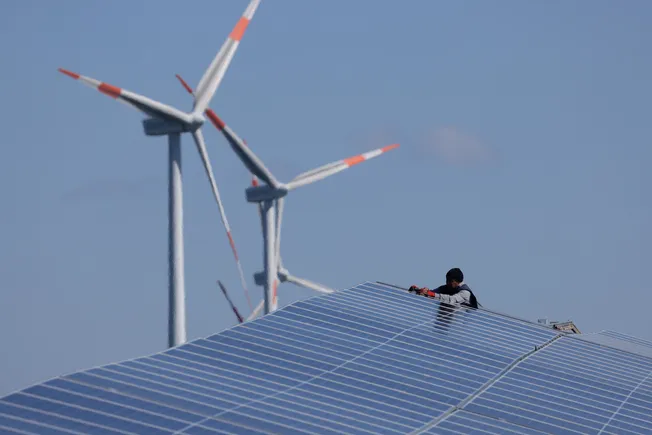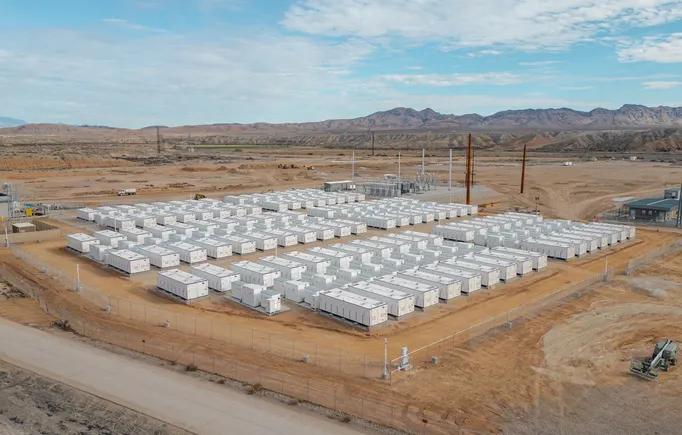Dispersed Graphene Nanosheets Enhance Piezoelectricity of Poly (L‐lactic acid) Nanofibrous Scaffold to Promote Bone Defect Repair
Advanced Healthcare Materials, EarlyView.

In this study, graphene (Gr) sheets with excellent electrical conductivity are incorporated into poly (L-lactic acid) (PLLA) to construct PLLA/Gr nanofibrous scaffold by electrospinning technique. The addition of Gr sheets improves the output of the axial piezoelectric signals in segments during cell migration to stimulate bone mesenchymal stem cells (BMSCs) towards osteogenic differentiation, and accelerate the bone defect repair.
Abstract
The reconstruction of a localized electrical microenvironment at the defect site is considered an effective strategy to promote bone regeneration by mimicking the electrophysiological properties of natural bone tissue. Nano-piezoelectric materials have attracted significant attention in recent years due to their ability to generate electrical fields under external stress. However, this process can sometimes lead to negative consequences, such as inflammation at the lesion site. Thus, it is of considerable interest to create an electric microenvironment through the deformation of piezoelectric and biodegradable nanomaterials during cellular movement. In this study, dispersed graphene (Gr) sheets are incorporated into poly (L-lactic acid) (PLLA) to develop a piezoelectric nanofibrous scaffold via electrospinning. The results indicate that the nanofibrous scaffold exhibits excellent piezoelectric properties, with shear piezoelectricity directly correlating to the α-phase content, which increases upon the addition of Gr. In vitro experiments show that PLLA/Gr scaffolds possess good cytocompatibility and promote osteogenic differentiation of bone marrow mesenchymal stem cells (BMSCs). In vivo, the PLLA/Gr nanofibrous scaffold demonstrates biocompatibility and effectively accelerates bone defect repair. This study highlights the potential of self-powered, piezoelectric nanofibrous scaffolds as a promising therapeutic platform for the repair of complex bone defects.


































